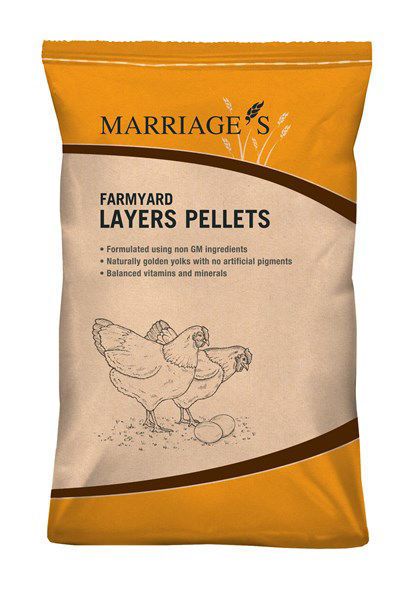
Here’s what to do if you multiply a recipe and end up needing part of an egg: Set aside any whole eggs you need. It’s nice if you can increase recipes so that you don’t have to deal with fractions of eggs-by increasing a 2-egg batter by 1 1/2 or a 3-egg batter by 1/3 or 2/3, for example-but it is not essential. And don’t forget that you don’t always have to multiply recipes by whole numbers-it’s perfectly fine to multiply a recipe by 1 1/2 or 2 2/3.Ībout now, you might be wondering about eggs. Using similar math, you can calculate how many times to multiply the recipe for a round cake to make a large rectangular sheet cake. For the half sheet: 192 divided by 64 is exactly 3, so you can multiply the recipe times 3.For the 9- x 13-inch pan: 117 divided by 64 = 1.82, which is close enough to 2 that you can confidently double the recipe for the larger pan.Let's try an example: How many times should you multiply an 8-inch brownie recipe to fill a 9- x 13-inch pan or a 12- x 16-inch half sheet? To figure this out, divide the area of the larger pan by the area of the 8-inch pan. If you want brownies that are even a tad thicker than the original recipe, you can even increase the recipe by 33%. Knowing this beforehand, you can increase the recipe by 25% for results as thick than the original recipe intended. (The relationship between a 9-inch and 8-inch round pan is similar.) Such a considerable difference will result in a 9-inch batch of very thin brownies that may be over-baked by the time you check them for doneness (because thin brownies bake faster than thick ones). But if you check the chart, you’ll find that a 9-inch square pan is more than 25% larger than an 8-inch square pan.


Just by glancing at the two pans, you might think that a 9-inch pan is very close in size to an 8-inch pan of the same shape, thus making it a reasonable substitute. Thus, the area of an 8-inch circle is 3.14 x 4 x 4, approximately 50 square inches. Ready? To calculate the area of an 8-inch round pan, multiply 3.14 (π) by 4 (because it’s half of 8) times 4. In case you don’t remember, π = 3.14 the radius of a circle is half of its diameter and squaring means multiplying a number by itself. Easy.įor rounds: The area of a circle equals π times the radius squared. The area of an 8-inch square is 64 square inches because 8 x 8 = 64 the area of a 9 x 13-inch pan is 117 square inches because 9 x 13 = 117. I don’t always have the chart at hand I often just do the math!įor squares and rectangles: The area of a square or rectangular pan is calculated by multiplying one side times the other side. 12 x 16 (half-sheet pan) = 192 square inches.Handy list (with the numbers rounded up to the nearest inch): You can divide the area of a large pan by the area of a small pan to figure out how many times to multiply a recipe to fill the larger pan with the same depth of batter (more on that later). Once you know the area of any pan, you can compare it to the area of another pan to see how much bigger or smaller it is. The handy list below (or some basic math, also explained below) will tell you the surface area of your pan.


 0 kommentar(er)
0 kommentar(er)
